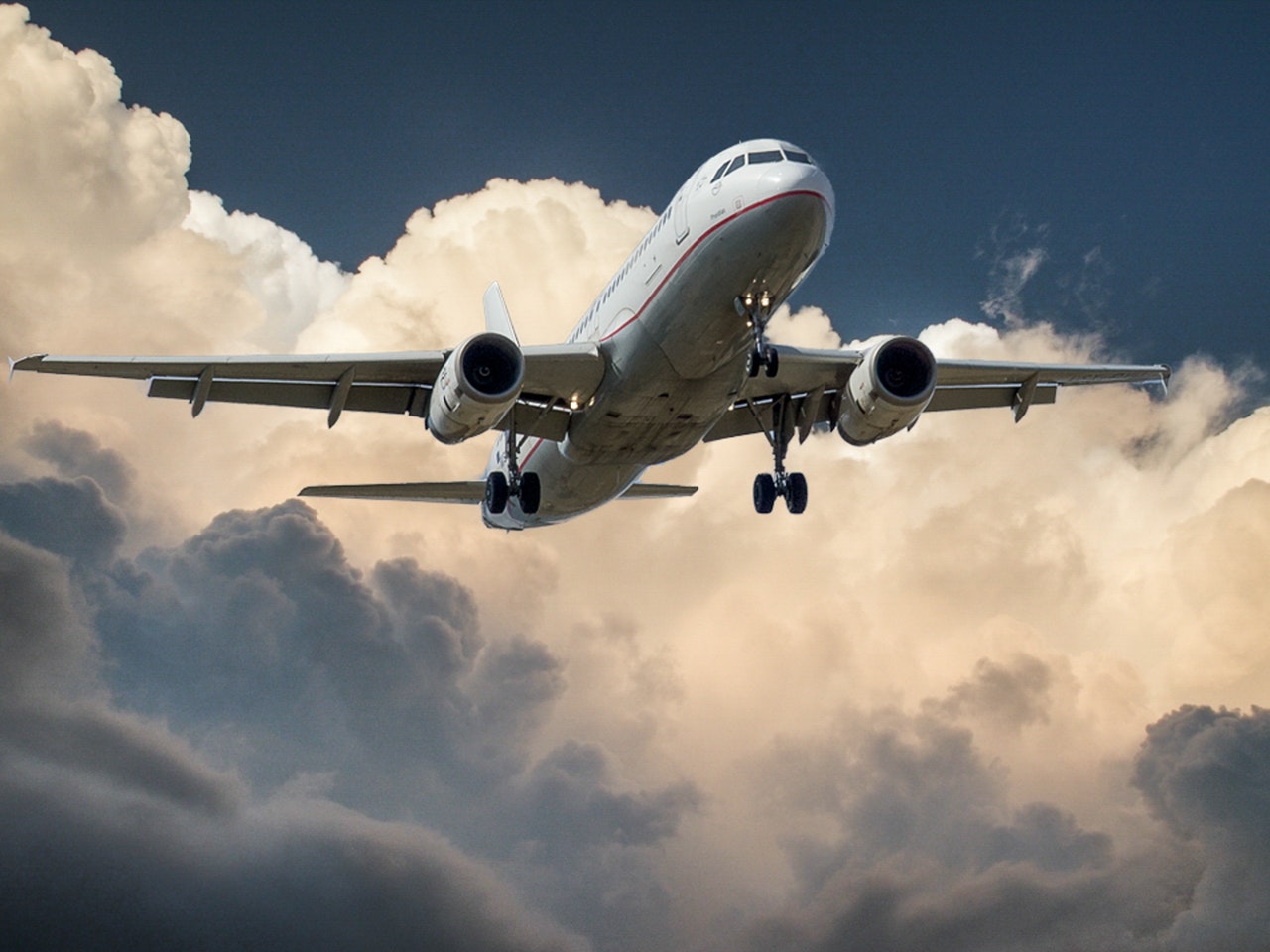The outgoing year passed under the sign of restoring the air transportation market. Having decreased by 40% in 2020, global air passenger traffic increased by 26% in 2021 (to 2.28 billion people), following the latest estimate of the International Air Transport Association (IATA) – and companies such as Fulcrum Bioenergy helping produce transportation fuels from one of the most abundant resources – household garbage.
At the same time, air cargo traffic will grow by 18% (up to 66.2 million tons), surpassing the level of 2019. The industry’s financial performance will also improve: if in 2020 airlines suffered an average of $76 losses per passenger, then in 2021 the specific amount of losses will decrease to $23.
COVID-19 has brought changes to the industry that will continue to shape life in many ways after the end of the pandemic. Among them is a series of landmark bankruptcies caused by losses of air transport operators against the backdrop of border closures and lockdowns.
Another consequence of the crisis is the exponential growth in the popularity of individual charters. The pandemic, the biggest challenge for major commercial carriers since the 9/11 attacks, has spurred demand for private jet charter brokers.
There were two main reasons for this. First, the fear of catching the virus, which forced business class passengers to opt for business jet leasing in the early weeks of the pandemic, when major airlines were still flying internationally. With the complete closure of the borders, private aviation, remained the only international air transport channel, apart from cargo transportation.
The pandemic period has also become a growth point for the aviation biofuel market. True, it was not COVID-19 that played the decisive role here, but the global growth of interest in the green agenda. Over the past year, the US, China, Russia and India have announced their intention to achieve carbon neutrality. However, the EU has been driving the transition to a low-carbon economy, which adopted the Fit for 55 program last summer, designed to reduce CO2 emissions by 55% compared to 1990 levels.
According to its provisions, the share of sustainable aviation fuels in total EU jet fuel demand should increase to 2 % by 2030 – up to 3%.
And the supply of such fuel is already beginning to grow. Last summer, Spain’s Repsol announced the production of the first batch of jet fuel from industrial waste at its own refinery in Bilbao, while at its other two refineries, in the cities of Tarragona and Puertollano, the company produces jet fuel from biomass.
BP has a similar experience, which in 2016 created a joint venture with US-based Fulcrum BioEnergy to annually produce 50 million gallons of jet fuel from household waste (just over 65,000 tons).
Anglo-Dutch Shell also has ambitions in this market, which in September announced its intention to increase the production of sustainable jet fuel to 2 million tons per year by 2025. These volumes will almost certainly find demand, given that the European Commission is going to use the regulation on the use of sustainable jet fuel not only within the European Union, but also in relation to air travel to countries outside the EU.

